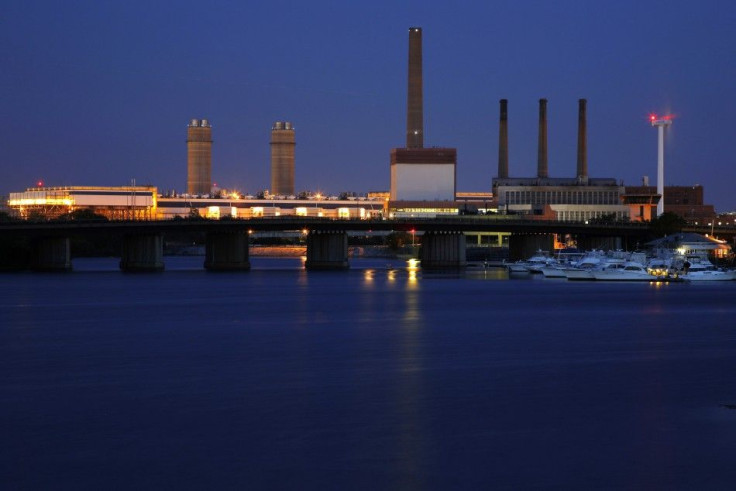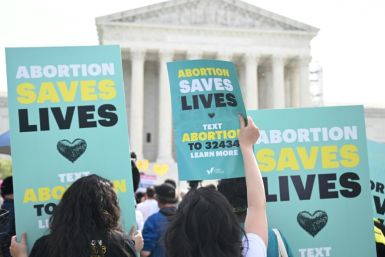U.S. Targets to Slash 30% Power Plant Carbon Emissions by 2030

The Obama administration on Monday has revealed a new plan which targets to slash its country's power plant carbon dioxide emissions by 30 per cent on 2005 levels by 2030.
U.S. states and power companies are given a hand of options to meet the new standards. They can either:
Switch from coal to cleaner-burning natural gas;
Form cap-and-trade markets;
Expand renewables such as wind and solar power;
Encourage customers to use less energy by moving to more efficient heating and cooling systems and appliances.
"It's the most important action available to cut US emissions - and the Obama administration has seized the opportunity," The Guardian quoted Andrew Steer, the chief executive of the World Resources Institute. "These new standards send a powerful message around the world that it's time to face the global threat of climate change."
But overall, the country's coal industry will suffer the most setbacks.
Gina McCarthy, administrator of the Environmental Protection Agency, said flexibility will be given to the state governments as to how they would achieve the highly ambitious but attainable target. The toughest tasks lie on the shoulders of the states that rely heavily on coal-fired power plants.
"The flexibility of our Clean Power Plan affords states the choices that lead them to a healthier future. Choices that level the playing field, and keep options on the table, not off," McCarthy said.
As expected, government officials from coal-dependent power supply states blasted the proposal.
"This proposal is bad for jobs, make no mistake about it," Congressman Nick Rahall from West Virginia, a state that mainly derives its economy from coal mining, told ABC News. "The only real question is where on a scale from devastating to a death blow that this new rule will fall."
West Virginia is ordered to lower emission targets by 19 per cent from its 2012 emissions. Ohio must slash 28 per cent, Kentucky 18 per cent and Wyoming by 19 per cent.
New York, meantime, is given a 44 per cent target mark.
The proposal is expected to get implemented two years from now. EPA has been tasked to finalise the details in June 2015.
Former Vice President Al Gore, a prominent environmental advocate, called the proposal "the most important step taken to combat the climate crisis in our country's history."






